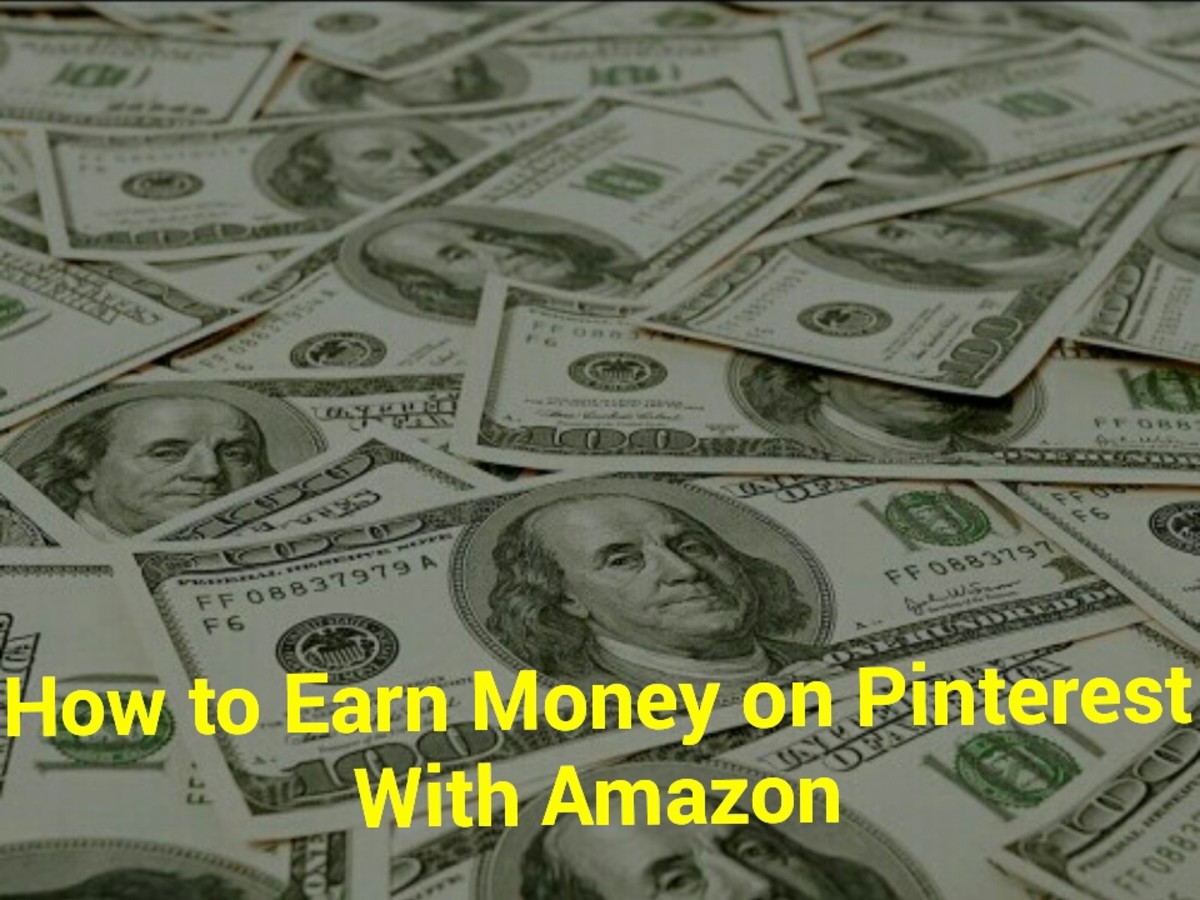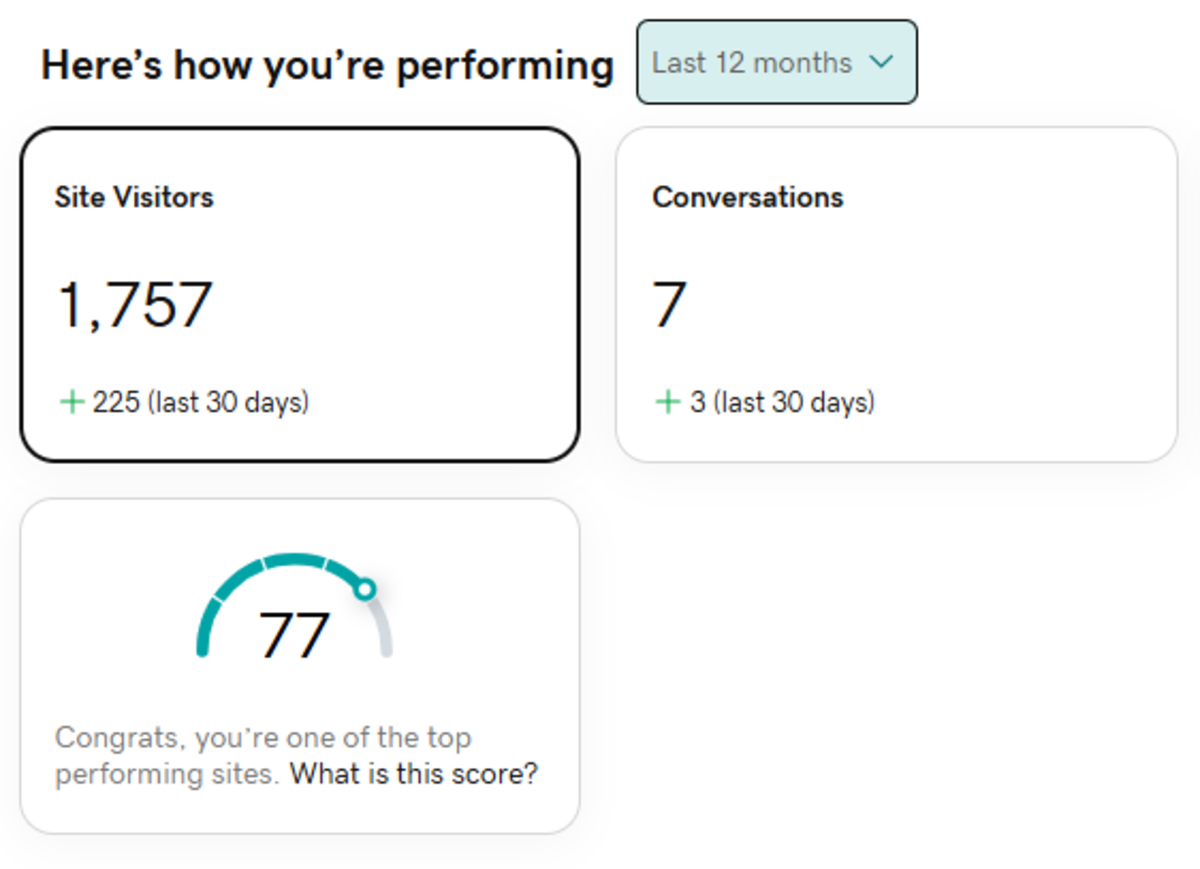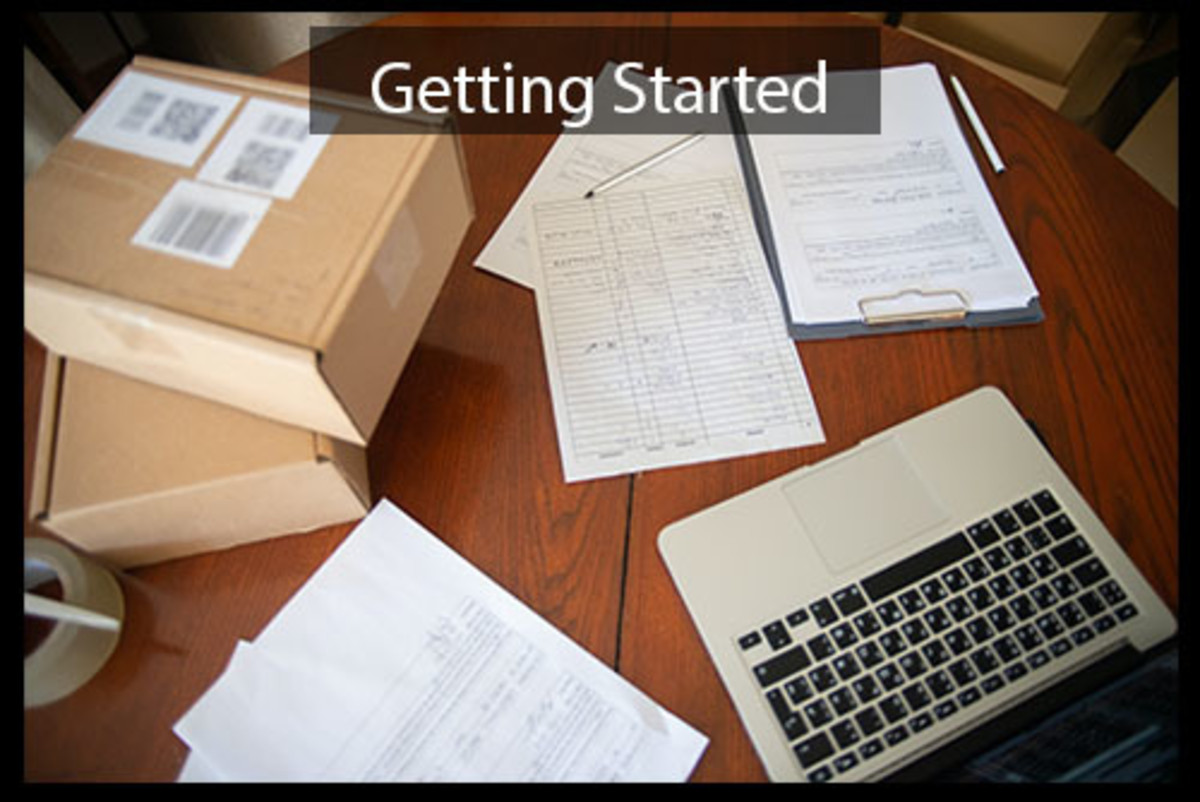How to Build a $100/month Website

A $100/month website doesn't happen overnight
You won't create a website that makes $100 a day just by creating a domain name and placing content onto the site. Even if you have a good idea for a website, that money will at first only trickle in. After some time, the money will increase, and then increase some more. It may take up to a year (and maybe even longer) before you have a $100/month site.
That does not mean that you should just sit around and do nothing to help your website become a steadfast money-maker. In fact, there are a lot of things you can do while you are waiting to ensure that your website is making a good chunk of money in the future.



Step 1: Pick the right niche
The first thing you need to do is to pick a topic that people will be interested in reading about, and which Google will be able to find and rank in the top 10 tier of its search engine results page (SERP). To do this, go into the Google keywords tool, which is located on its AdWords site. Once you get there, plug in keywords on what you would like to create and write about. First, look at how much competition is present for your selected keyword. While a high amount of competition means that you have selected a very popular keyword, it also means that you will have a hard time ranking prominently for the keyword in question. It may be better to choose a keyword and/or "long-tailed" keyword that has less competition; for example, rather than going with the keyword "money", you can choose the long-tailed keyword phrase "how to make money through investment".
Last of all, check the keyword CPC (cost per click), ranking CPCs from highest to lowest payout. Select payouts that are at least $1 CPC and write these down. These high-paying CPC keywords will be the keywords that you use in your content, meta tags, and titles.
Step 2: Create value-oriented content
Once your keywords have been selected, start writing your content around them, keeping in mind that the high CPC keywords must be at least 2-5% of your text. Don't go beyond 8%, though, or search engines might flag your content as spam. Indeed, overusing your keywords, a technique commonly known as "keyword stuffing", can even result in your website being "sandboxed" (i.e., removed from the SERPs) by search engines.
Don't stop at just creating home page content; instead, generate sufficient content to fill at least five pages. This could include home page, product description, review, recipe, video and other pages. Don't forget to include a contact page in your website which contains your contact email and/or phone number. Also, it is a good idea to include a Terms of Service (TOS) page, which will tell your site visitors how their personal information might be used or how the site may use cookies to track their activities while on your site (e.g., if they click on an affiliate link on your site). TOS statements can be generated free-of-charge by performing a Google search on free Terms of Service Generators.
Step 3: Purchase and optimize your site's domain name
Once your content is written, you should think of a domain name that uses those high paying keywords. Go to website host providers such as HostGator or GoDaddy and input your keyword optimized domain name. Hopefully, this domain name has not been claimed; however, if it has, try a few "backup" domain names. Once you locate a unique domain name, purchase it from your selected host provider. The cost is usually around $10/year. You will then be prompted to purchase a monthly or yearly hosting service for your created domain; such a service runs $10-$15/month.
Step 4: Monetize your site
Once your Web site is up and running, monetize it by using Google AdSense, as well as other affiliate advertisers such as ShareASale, Kontera, Amazon, LinkShare, etc. Your high-paying keywords should now allow Google AdSense and other advertisers to generate high-paying affiliate ads.
Monetizing your site involves a lot more than just placing random AdSense ads or affiliate links on your web pages, however. If you are advertising a product, consider personalizing it with a product review, video or offer. If you are advertising a service, considering offering your visitors a discount for trying and reviewing that particular service.
You can also avoid the "middle man", so to speak, and write advertisers directly for a chance to offer their products or services on your website. This increases your potential earnings, since the affiliate network (e.g., Google AdSense) is no longer taking a cut of the profits. By working directly with an advertiser, you can also customize your product or service content with special videos, marketing and sales collateral, etc., that are available only through the advertiser.

Step 5: Generate backlinks
In order to be ranked well on a search engine's SERP, your website will need backlinks. This means that other websites must reference and provide a one-way link to your own website. A quick way to start on this process is to submit your website's URL to website directories, RSS feed sites and social bookmarking sites. You can also write and submit articles to article directories such as eZine articles and iSnare, making sure to include your website's name and URL in the resource box. If you follow the article writing route, write at least 2-3 articles in order to create sufficient backlinks for your site.
Content sites such as Associated Content, Helium, Squidoo, Infobarrel and even HubPages can also be utilized to generate valuable backlinks. You can write product/service/topic-specific content relating to your website and then offer a link to your website for additional information. As long as the provided content contains some valuable information and is not filled with affiliate links and other "spammy" content, it should help you generate a useful backlink to your website.

Step 6: Create an XML sitemap
Don't forget to generate an XML sitemap for your site. This can be done rather easily if you are using Wordpress, since Wordpress offers a plug-in called XML SiteMap Generator. Whichever way you do it, you should generate a sitemap and then submit it to search engines like Google and Yahoo. These search engines will then index your site and start listing your content in their SERPs.
Summary
By taking the six steps outlined above, you will start driving traffic to your blog or other website. By driving traffic, you increase the chances that your content readers will occasionally click on an ad link located on your website. With enough clicks (especially if you have $1+ CPC ads set up), it will not take long before your website is generating $100 (or more) per month.
As stated before, this kind of money-making venture does not happen overnight. But, given that you are following the outlined steps above, you will soon be on your way to making a nice chunk of change every month.









